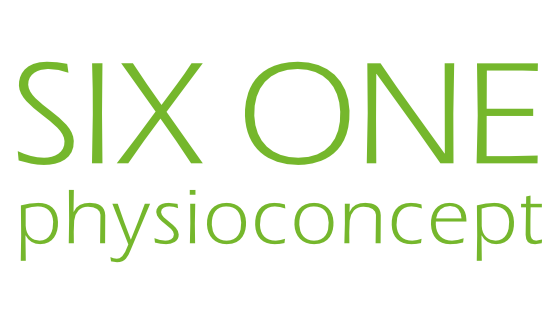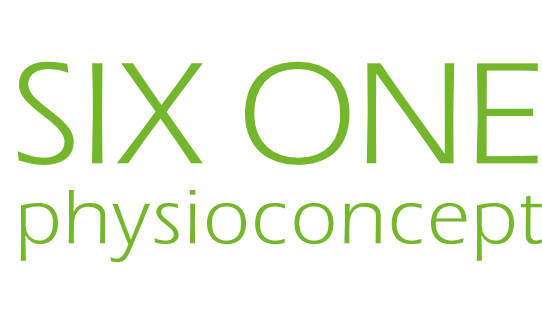"P-DTR Method" - Part 3
With today's article we would like to conclude our small three-part series. We will be happy to provide you with more detailed information about P-DTR therapy in the following.
What is P-DTR?
The P-DTR method is an advanced holistic approach to the diagnosis and treatment of musculoskeletal and neurological dysfunctions. Dr José Palomar, an experienced orthopaedic surgeon and traumatologist , developed P-DTR as a manual therapy that aims to normalise the nervous system and correct dysfunctions in the body by stimulating the proprioceptive system, particularly the deep tendon reflexes.
The creator of P-DTR: Dr José Palomar
To understand P-DTR, it is important to know the innovative mind behind this method. Dr José Palomar has dedicated his life to improving patient care. With years of experience in various fields of manual therapy, including applied kinesiology, osteopathy and chiropractic, he developed P-DTR as a tool to promote holistic healthcare.
What can be treated with P-DTR?
P-DTR has the potential to affect a wide range of symptoms and medical conditions. Here are some of the most common areas of application:
Musculoskeletal system:
- Muscle pain and tension
- Movement restrictions
- Sports injuries and rehabilitation
- Postural problems
Neurological system:
- Pain due to nerve compression or irritation.
- Neurological dysfunctions
- Migraine or tension headaches
- Neuromuscular coordination and balance
Respiratory system:
- Respiratory problems associated with muscular dysfunction.
- Improvement of respiratory function
Digestive system:
- Digestive dysfunction and abdominal discomfort
- Regulation of the autonomic nervous system in connection with digestion
Stress and emotional health:
- Stress reduction and emotional regulation by influencing the autonomic nervous system.
Differences and similarities to other manual therapies
P-DTR differs from other manual therapies in several important ways:
1. Focus on the nervous system: Unlike some other manual therapies that focus mainly on muscles and joints, P-DTR focuses on the nervous system. The method aims to optimise communication between nerves and muscles to improve musculoskeletal and neurological function.
2. Stimulation of the proprioceptive system: a key feature of P-DTR is the stimulation of the proprioceptive system, especially the deep tendon reflexes. This technique may be unique to the PDTR method and differentiates it from other manual therapies.
3. Holistic approach: P-DTR looks at the body as a whole and tries to identify the underlying causes of symptoms rather than just treating the surface symptoms. This holistic approach can help to achieve long-term improvements.
4. Individualised treatment: P-DTR uses an individualised approach to treatment. The therapist takes into account the unique needs and symptoms of each patient and adapts the treatment accordingly.
5. Complementary therapy: P-DTR is often used as a complementary therapy in conjunction with other medical approaches. This allows for an integrative approach to health care.
Although there are these differences, P-DTR and other manual therapies also share some commonalities. Both aim to improve the patient's well-being and function by acting on the body in different ways. The choice between different manual therapies should be based on individual needs and the recommendations of qualified professionals.
Conclusion:
The Proprioceptive Deep Tendon Reflex (P-DTR) method is an innovative holistic approach to the diagnosis and treatment of musculoskeletal and neurological dysfunction, developed by Dr José Palomar. It has the potential to affect a wide range of conditions and is characterised by its focus on the nervous system, stimulation of the proprioceptive system and its holistic approach. P-DTR should always be considered in consultation with qualified medical professionals and as a complementary therapy. The choice between P-DTR and other manual therapies should be based on individual needs and recommendations.
Have we aroused your interest in a treatment? Then you are welcome to make an appointment with our osteopath Daniel Arenz, who is trained in FDM and P-DTR.


